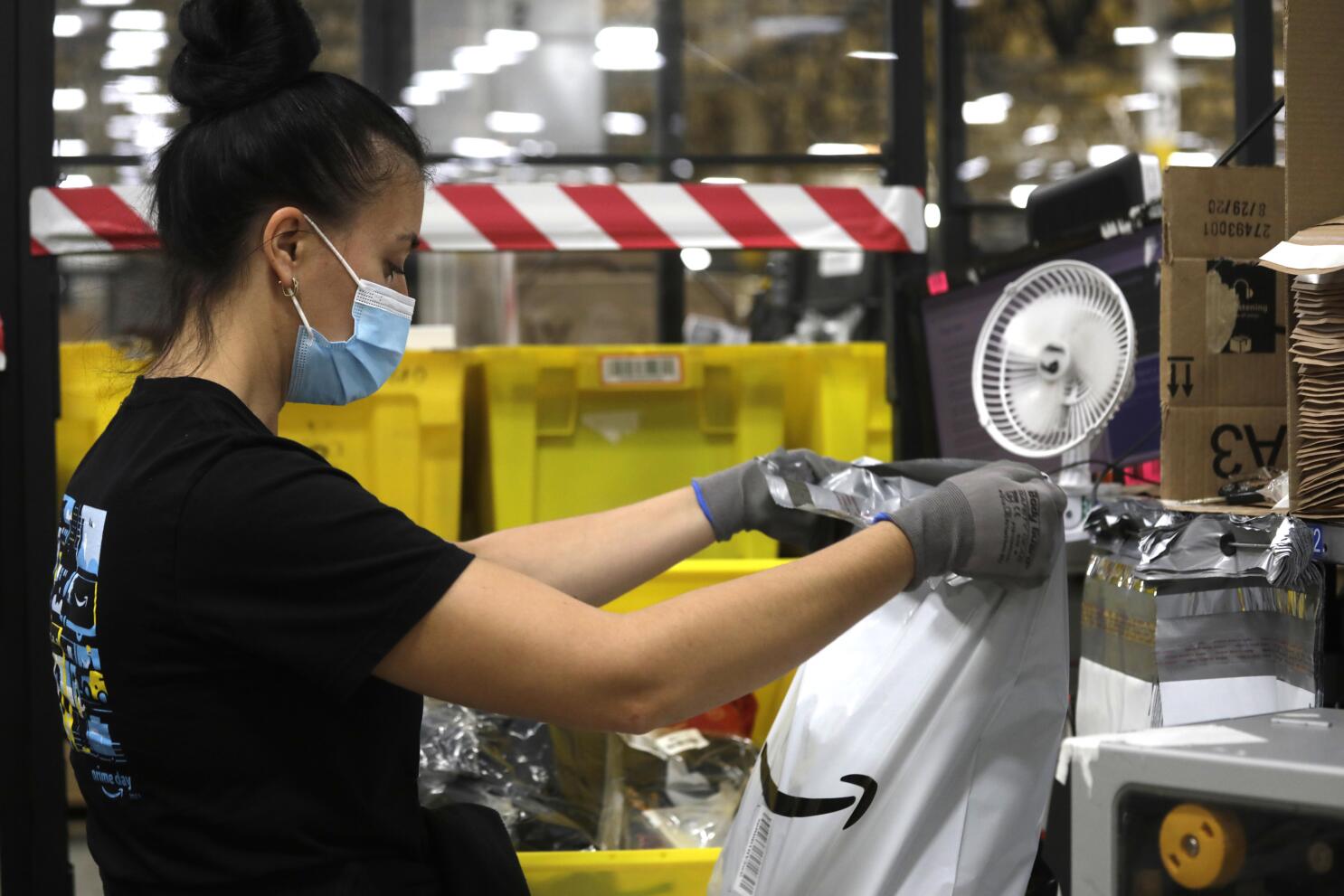California is set to implement its first regulations to protect indoor workers from high heat, potentially going into effect later this summer.
The standards, approved by the California Division of Occupational Safety and Health (Cal/OSHA) standards board on Thursday, are now awaiting a final review by the state’s Office of Administrative Law. If all goes smoothly, these standards could be enforced by the beginning of August.
Initially scheduled to be effective in 2019, the heat rule has been delayed for five years. Once enacted, it will safeguard approximately 1.4 million indoor workers, including warehouse, food industry, and factory employees, from dangerously high temperatures.
Employers will be required to monitor their employees for heat-related illnesses, providing access to drinks, breaks, and cool areas when indoor temperatures reach 82 degrees Fahrenheit. At 87 degrees, additional measures will be necessary, such as increasing breaks, adjusting work schedules, reducing work pace, or providing cooling devices.
With these rules, California will join Oregon and Minnesota as the only states protecting indoor workers from excessive heat. The state has had outdoor heat regulations in place for workers in construction and agriculture since 2006.
Meanwhile, new laws in Texas and Florida have restricted local authorities from implementing worker protection measures against heat, such as mandatory water breaks or shaded rest periods.
Advocates for workers have been pressing for national heat standards for both indoor and outdoor workers, but the federal Occupational Safety and Health Administration has yet to establish such regulations.
Supporters argue that these rules are increasingly crucial due to the intensifying frequency and severity of heatwaves driven by climate change.
AnaStacia Nicol Wright, a staff manager at WorkSafe, a nonprofit in Oakland, California, emphasized the importance of these measures, stating, “This is a huge deal. These safety measures must be put in place right away for workers.”
However, the new regulations will not cover all indoor workers. State and county prison officers and other prison staff are currently excluded. In March, Gov. Gavin Newsom’s administration opposed the cost of enforcing the rules within the California Department of Corrections and Rehabilitation, leading to the exclusion of the state prison system from these regulations.
Worker advocacy groups argue that the temperature thresholds set by California are still too high.
Tim Shadix, legal head at the Warehouse Worker Resource Center in Ontario, California, noted, “The risk of heat illness depends on both temperature and humidity, as well as how hard you work. Even in the upper 70s, if you work in a warehouse and lift heavy boxes for eight or ten hours a day, you could get heat illness.”
Shadix also expressed optimism that other states would follow California’s example.
“With rising summer temperatures caused by climate change, the problem is only getting worse,” he said. “It’s very important to see progress and have more models to encourage other states to follow suit. I also believe it gives the federal level momentum, which is very important because we need to protect workers all over the country.”
Heat is the deadliest form of severe weather in the US, causing more fatalities annually than any other. The U.S. Bureau of Labor Statistics reported 43 heat-related workplace deaths in 2022, up from 36 in 2021.
Robert Moutrie, a senior policy advocate with the California Chamber of Commerce, noted that businesses in the state are “shifting into compliance mode.” He pointed out that restaurants and other food-related businesses will face significant challenges due to the naturally hot and confined conditions of kitchens.
Moutrie added that small businesses are particularly concerned about complying with the new regulations in just two months, stating, “That’s not a lot of time to change how you do things internally, train your staff, and talk to your lawyers about it. All of those things need time and money.”
Cal/OSHA announced that it will propose an industry-specific regulation for local and state correctional facilities, considering the unique operational realities of these worksites. However, no specific date was provided.
Wright expressed disappointment over the exclusion of prison workers from the new rules.
“That’s a huge part of the workforce,” she said. “But heat is a problem for both workers and inmates. Many jails lack central air conditioning, so enforcing measures to ensure the safety of prison workers would also benefit inmates.”



